Content can be downloaded for non-commercial purposes, such as for personal use or in educational resources.
For commercial purposes please contact the copyright holder directly.
Read more about the The Creative Archive Licence.
Description
The Roman presence in Wales had been documented in a 3rd century Roman guide book. Mentioning a fort called Nidum, it was said to be located somewhere along the Roman coastal road, ‘Via Julia Martima’ located halfway between Bovium, (Cowbridge) and Leucernum, (Loughor).
This road was marked by a series of forts, each a day’s walk from each other. There was one at Cardiff, Cowbridge, Neath and Loughor which were deep in the native Silurian territory covering all of Glamorgan and Gwent.
In 1948 workmen began digging trenches for the sewers of a new housing estate along Neath Abbey Road on the west side of the river Neath. Work was suddenly halted when man made stone structures began appearing in the trenches. A full scale archaeological excavation ensued. The artefacts and structures unearthed over numerous excavations since reveal the story of the auxiliary fort, its numerous occupations and lives of the men that lived there for over 250 years.
Here is just some of the collection:
1. A complete grey ware flagon excavated in 1988. The flagon was probably discarded once it was made as it has a blast hole from its firing.
2. Folded scale beaker probably from the Nene Valley.
Mid to Late 3rd Century Found at the Dwr-y-Felin, Roman Fort (Nidum) in 1985 by The Glamorgan Gwent Archaeological Trust. The lower Nene valley (Water Newton in Cambridgeshire) was an important centre for pottery manufacture in Roman Britain.
3. Catapult bolt from Nidum, Roman Auxiliary Fort. Roman artillery fired heavy arrows made of wood tipped with an iron head from a catapult or ‘ballista’.
4. Ferrule
This ferrule or staff cap made from iron, probably from a staff. Hollow-cast with an elongated tapering muzzle, originally identified as an iron shoe for balancing a cavalry lance in a horizontal position it was found during excavations of Nidum Roman Fort in 1985.
5. Fibulae: Fragments of bronze brooches known as fibulae. These were like large safety pins that were used to fasten clothing. The example in the centre has a face cast in the metal, decorative as well as functional.
6. Roman Hand Mirror: This shard of a Roman hand mirror was discovered during excavations at the site of Nidum, the Roman Military Fort.
7. Hobnails. These studs would have been tapped into the sole of a soldier’s sandal to prevent wear to the leather.
8. Intaglio ring
Bronze ring which contains a grey chalcedony inset depicting a warrior with helmet.
9. Melon Beads. Blue glass and faience (ceramic with a glaze) .These beads would have been worn as a necklace. They are found in many Roman military sites and would have been worn by the soldiers. It is suggested that they may have indicated status, or as part of Roman military culture (perhaps the equivalent to the dog tag?).
10. Part of a Shield Boss
A metal raised section found at the centre of the shield to deflect blows away from it.
11. Spear Head. Discovered during excavations at Nidum, the Roman Auxiliary Military Fort at Neath in 1985.
12. Figurine of Venus. White pipeclay figerine of Venus, produced in Central Gaul. Usually found on civilian sites the figure of Venus is said to be a love token. Approximately 8cm in length.

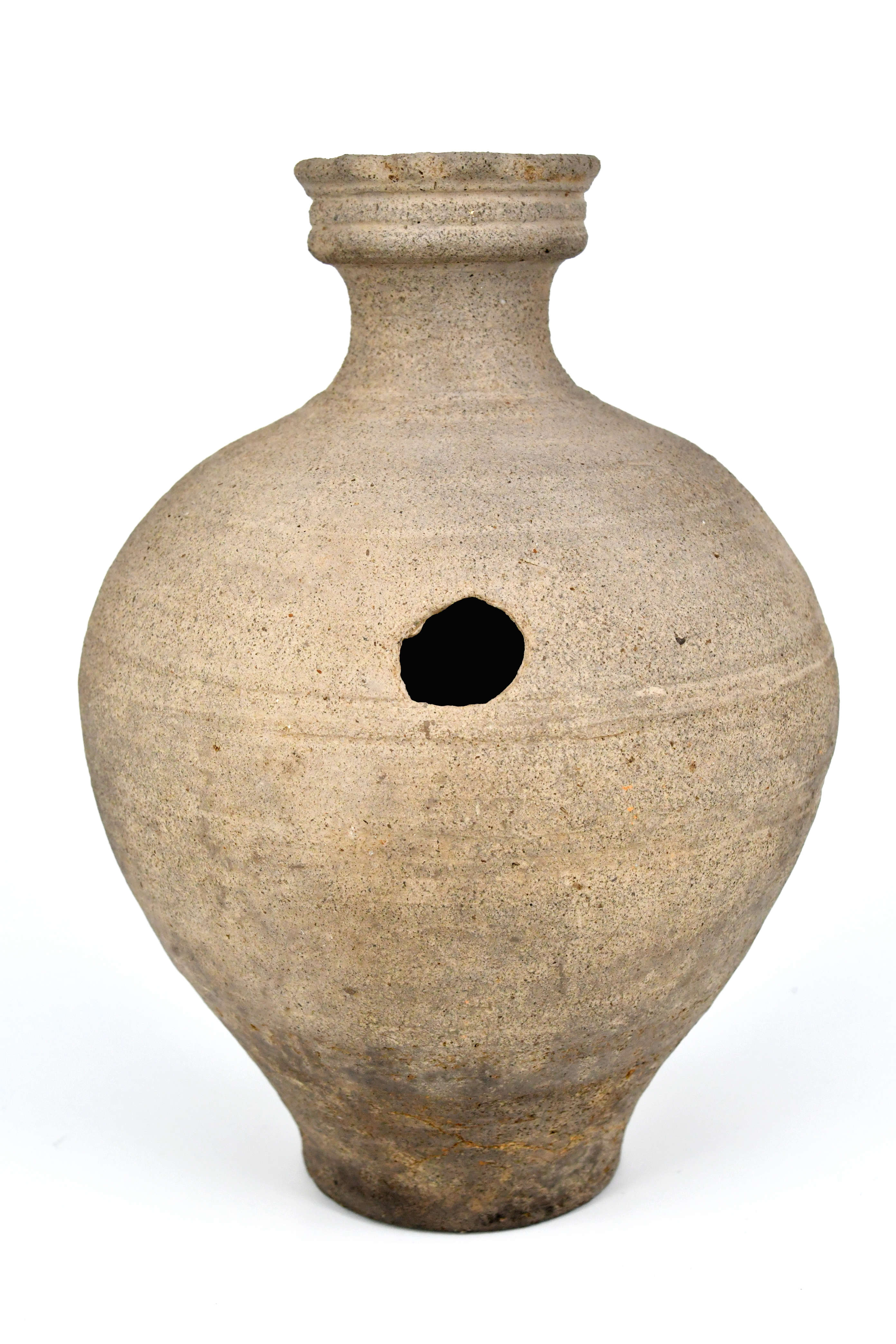

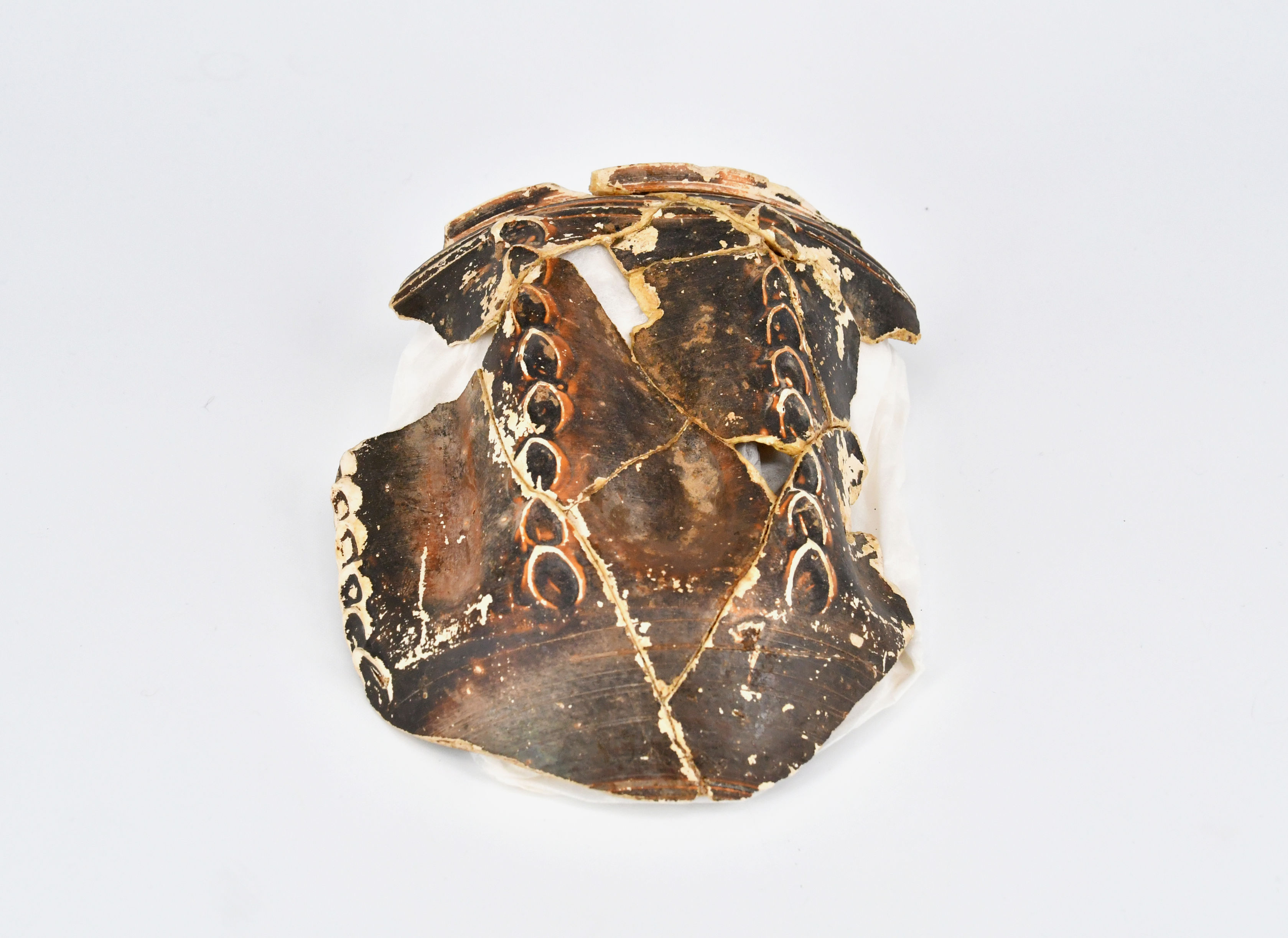

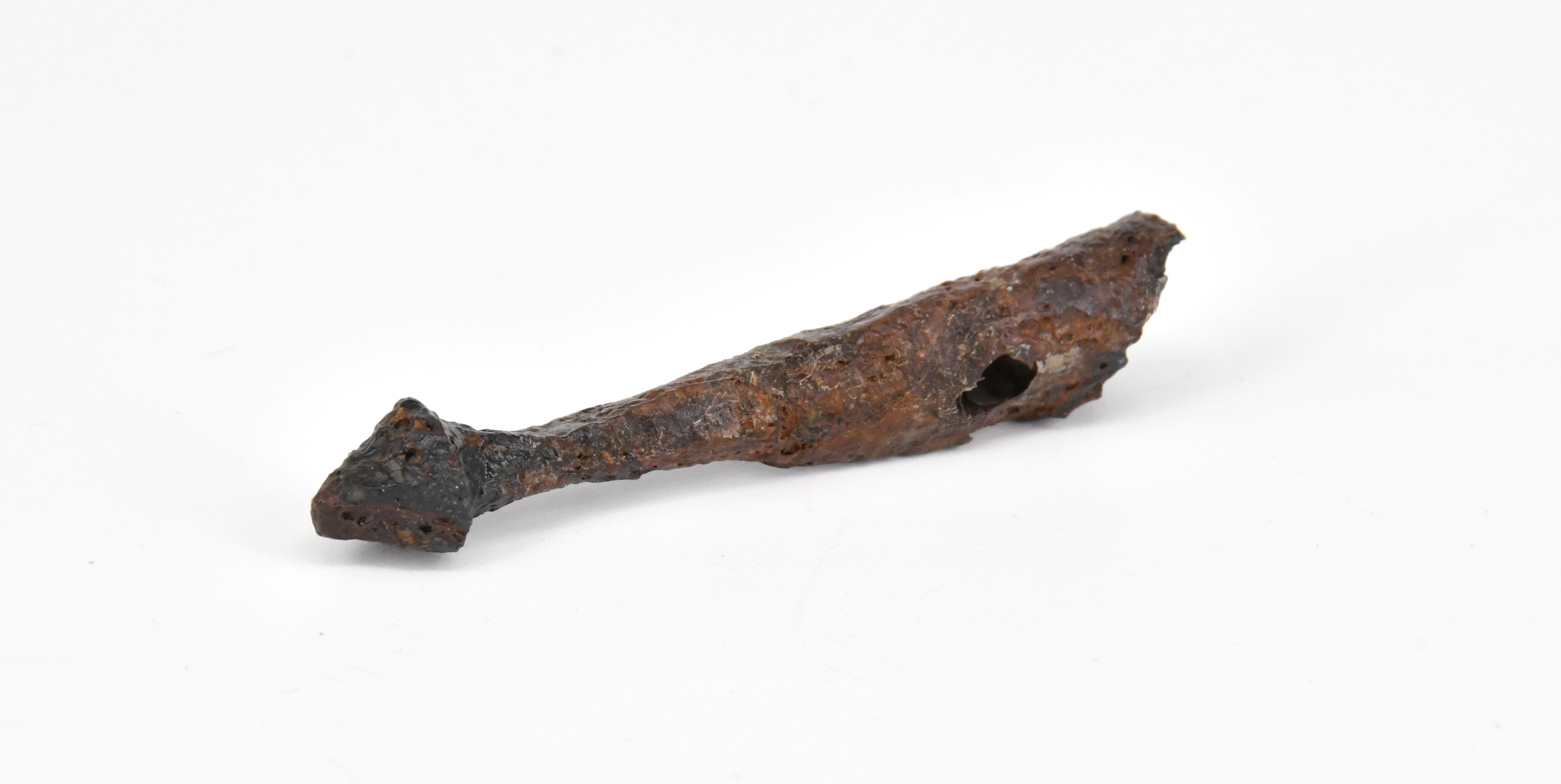



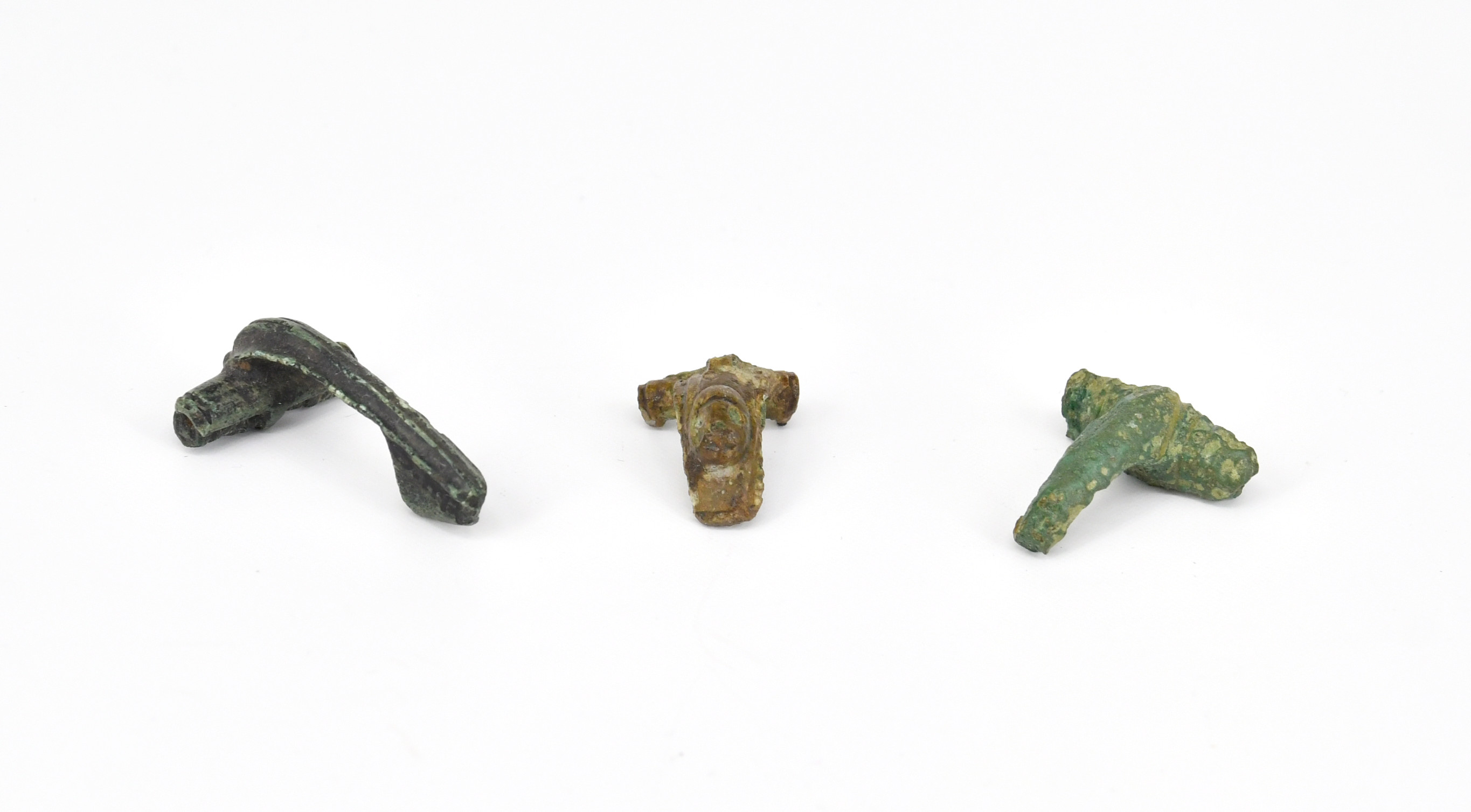



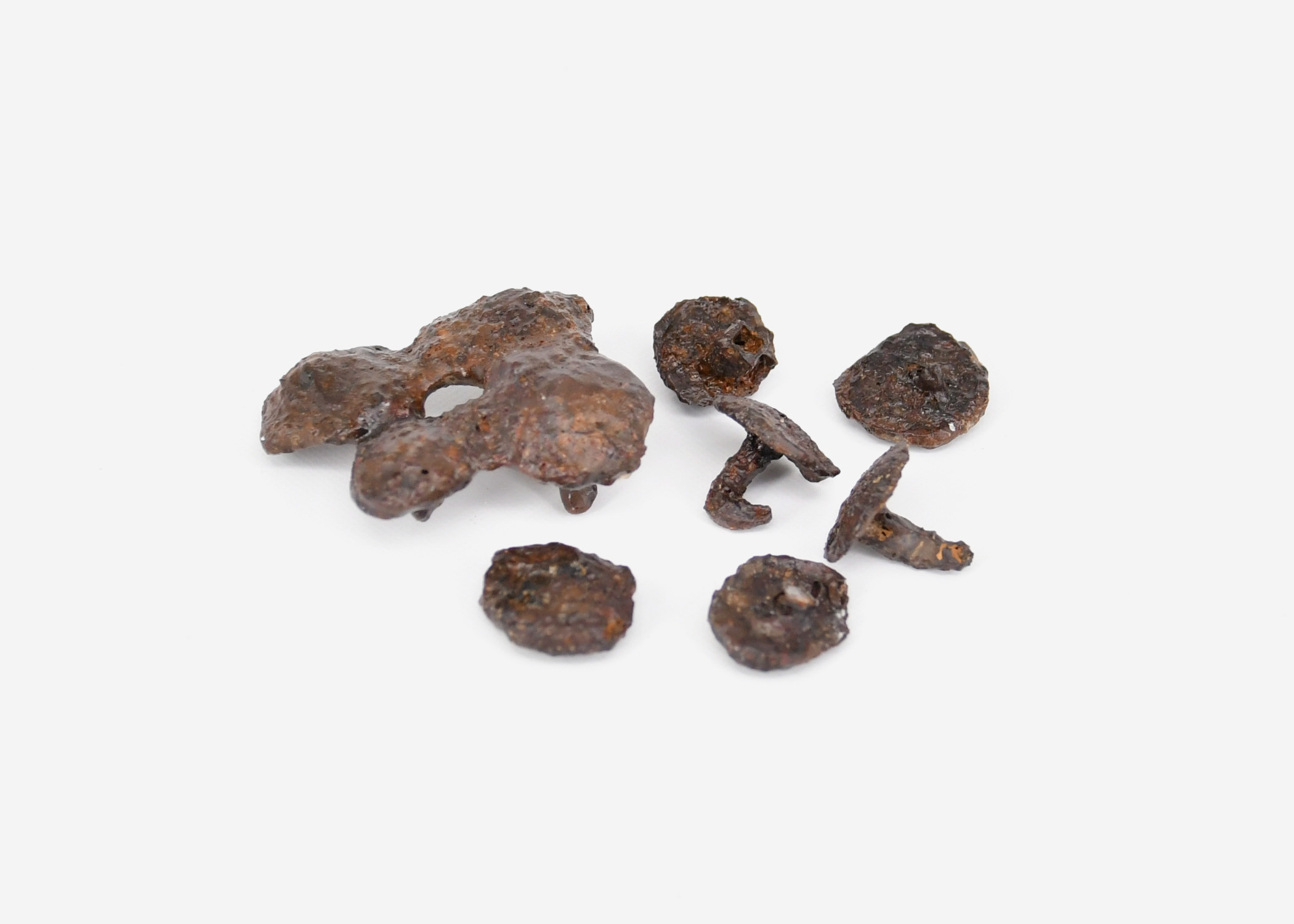

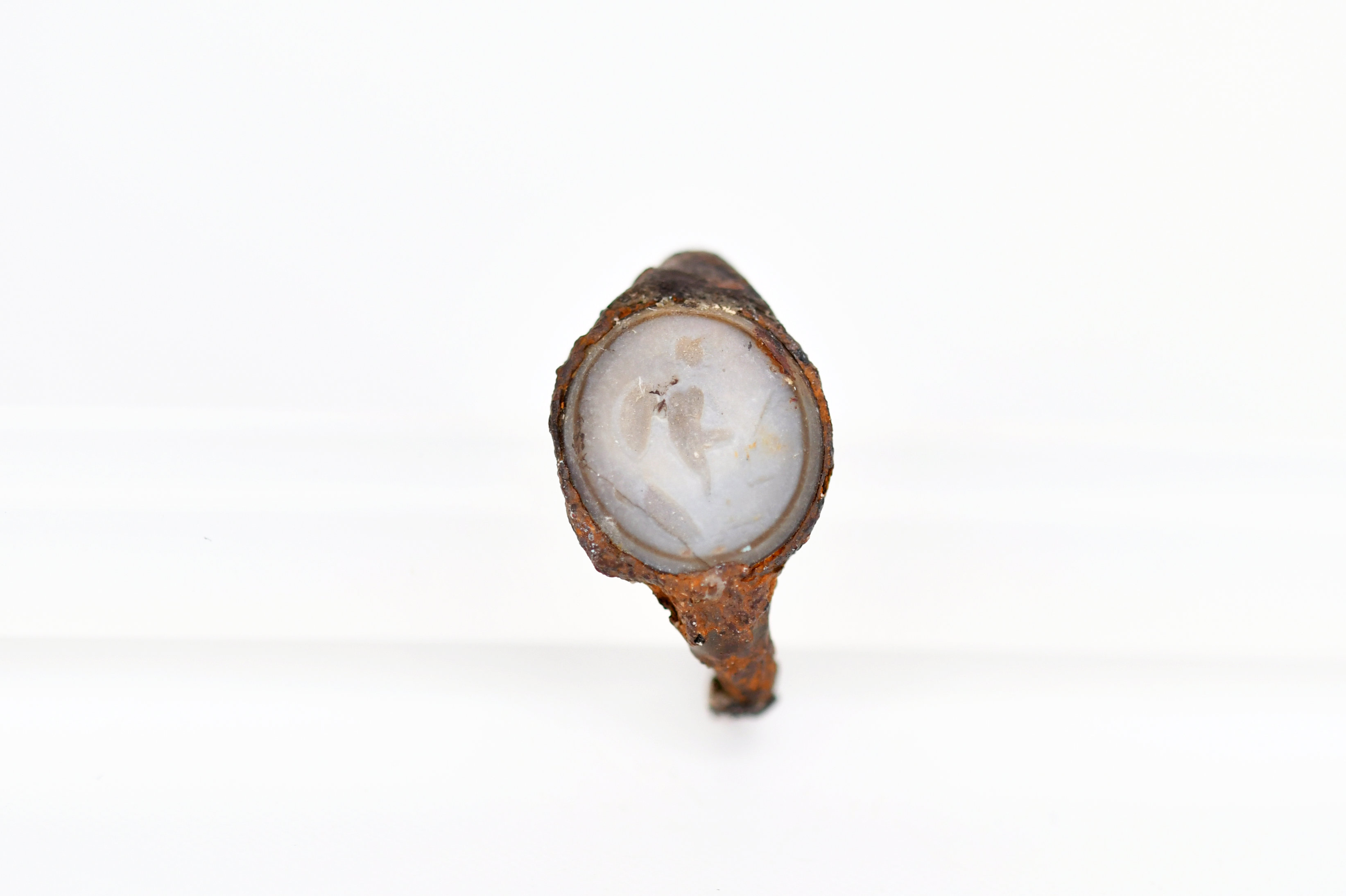











Do you have information to add to this item? Please leave a comment
Comments (0)
You must be logged in to leave a comment